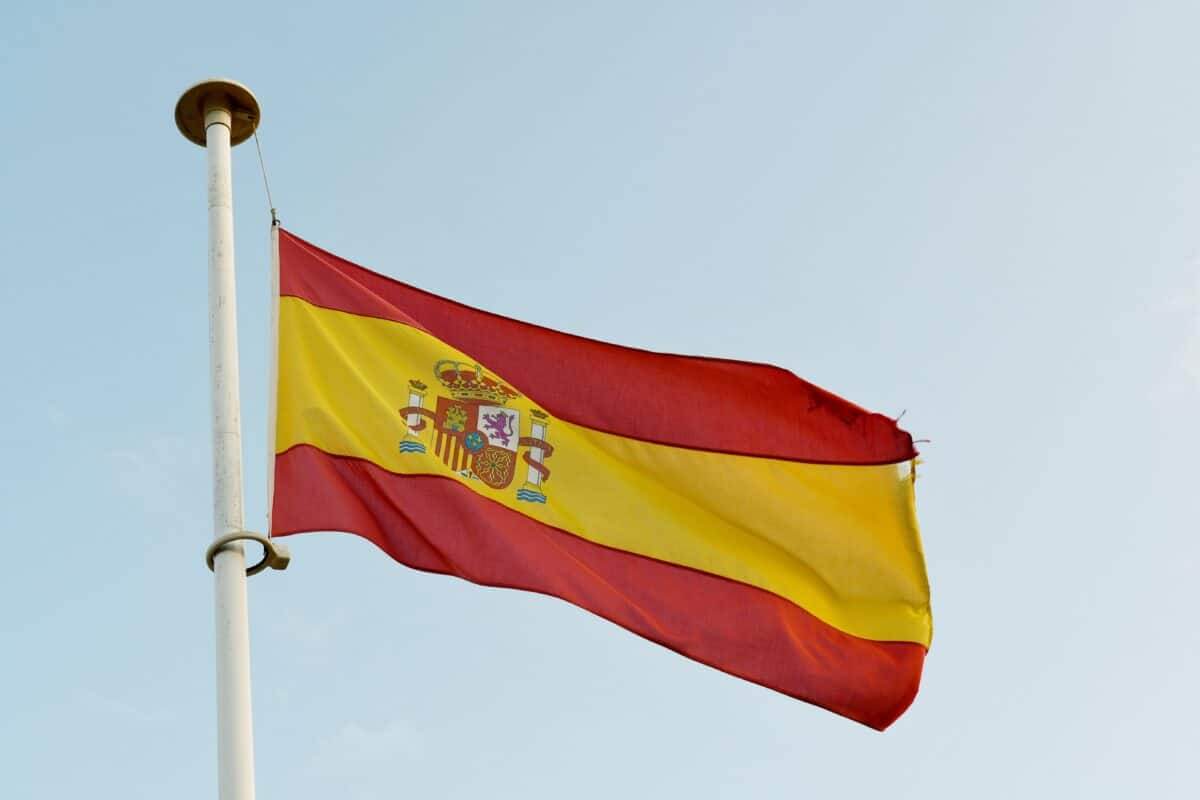
In March, Spanish inflation decreased to a 20-month low
In March, Spain’s inflation rate dropped to its lowest level in 20 months, more significantly than expected, due to a decrease in energy prices from the previous year, which had increased due to Russia’s invasion of Ukraine.
According to European Union-harmonised standards, the consumer price index (which tracks how much consumers pay for goods and services) experienced a marked fall to a 3.1% increase year-on-year in March. This contrasts February’s 6% rise, as preliminary data from Spain’s INE statistics office on Thursday revealed.
This is the lowest inflation rate since July 2021, lower than the economists’ forecast of 4.2% in a Wall Street Journal poll. According to national metrics, the consumer price index grew 3.3% in March, a decrease from the 6% growth in February.
Lower energy prices than a year prior, when the war in Ukraine started, were the primary cause of the significant drop in yearly inflation. According to INE, the cost of fuel and electricity decreased in March while rising in the same month a year prior.
Core inflation, which does not include the more erratic categories of food and energy, marginally decreased from 7.6% in February to 7.5% in March. According to national criteria, consumer prices gained 0.4% from the previous month, whereas EU-harmonized standards saw an increase of 1.1%.
The Bank of Spain forecasts that Spanish inflation will be, on average, 3.7% in 2023, down from its earlier forecast of 4.9%. According to the bank’s March economic bulletin, core inflation is predicted to decline more slowly than headline inflation.
Spain’s inflation dropped more than anticipated in March to 3.3%
According to preliminary statistics released by the National Statistical Institute on Thursday, consumer price inflation in Spain decreased from 6.0% in February to 3.3% in March, the lowest annual rate since August 2021.
Reuters polled analysts, and they predicted a rate of 3.8%. According to the statistics office, this decline is primarily attributable to fuel and electricity costs rising in March 2022 and falling this month.
The statistics revealed that core inflation, which excludes volatile fresh food and energy prices, was 7.5% year over year, slightly lower than the 7.6% registered in February. With food costs rising by more than 16% in February from a year earlier, Spaniards feel the pinch in their wallets.
In order to lessen the burden of inflation, the government reduced the value-added tax on vital foods such as bread, cheese, milk, fruit, vegetables, and cereals from 4% to 0%.
Although there will be “a lot of volatility” each month, Spanish Economics Minister Nadia Calvino stated that she anticipates inflation to be lower this year than in 2022.
Spain’s 12-month harmonised inflation rate for the EU was 3.1%, lower than the 4.0% analysts surveyed by Reuters had predicted and down from the 6.0% seen in February.




